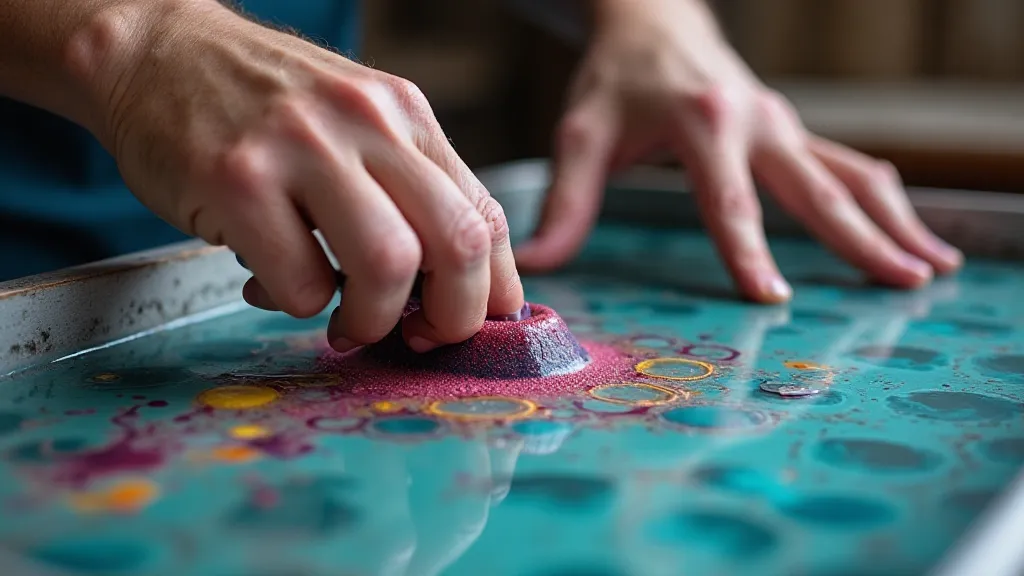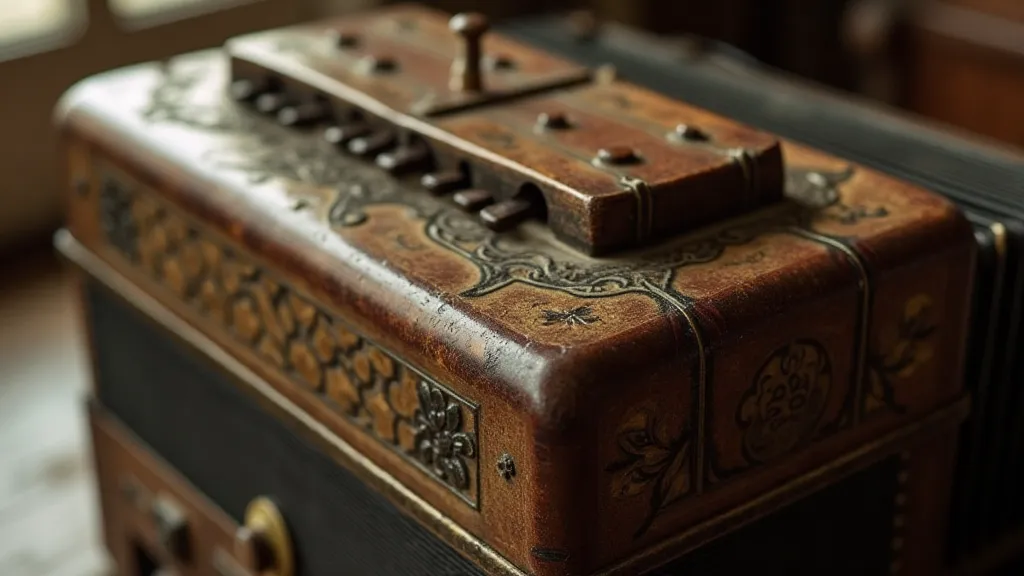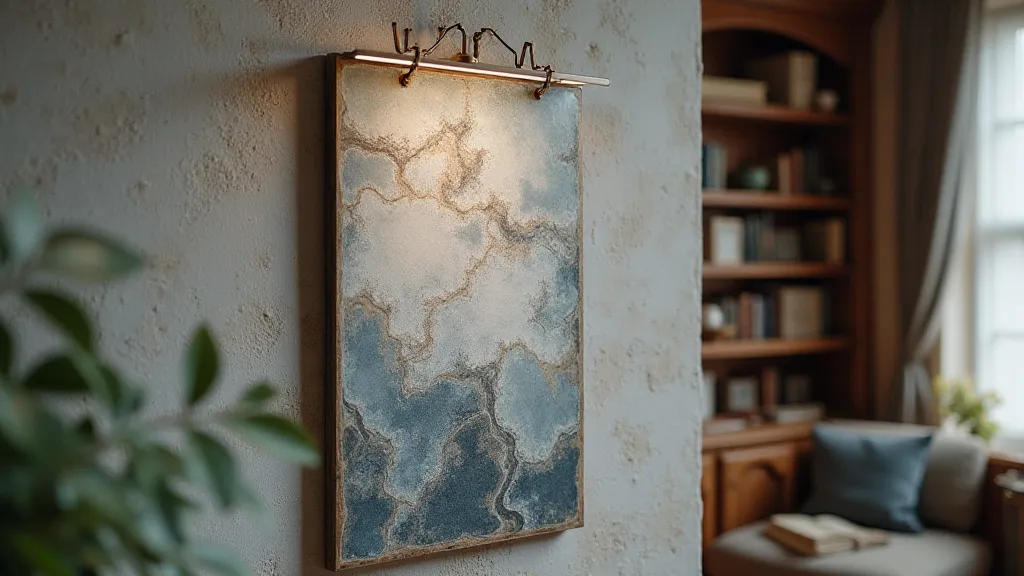Chromatic Echoes: How Color Shapes Atmosphere and Emotion
There's a peculiar magic to paper marbling, a quiet enchantment born of swirling pigments and patient craft. It’s a process that feels ancient, a whisper of techniques passed down through generations, and yet, profoundly modern in its ability to create truly unique art. But beyond the visual beauty, lies a subtle power – the power of color. The carefully chosen palette isn't just about aesthetics; it's a language, speaking directly to our emotions and shaping the atmosphere of the final piece. This article explores that connection, drawing parallels between the color choices in paper marbling and the evocative power of color in writing.
The Alchemy of Pigment and Water
The history of paper marbling is fascinatingly dispersed. While the technique seemingly developed independently across cultures – Japan (Suminagashi), Turkey (Ebru), Italy (Carta Marmorata) – all share the common thread of manipulating pigment on water to create mesmerizing patterns. Imagine a Turkish artisan in the 16th century, meticulously preparing his “size” (a gelatin solution) to receive the floating pigments. Or a Florentine bookbinder, carefully transferring a marbled design onto leather covers. Each artisan possessed a deep understanding, not just of the technical process, but of the emotional resonance of color. They knew that crimson evoked passion, azure brought tranquility, and ochre held the warmth of the earth.
The process itself is almost meditative. A tray filled with water, a delicate balance of size and pigment, a swirling brush, a gentle lift of the paper – all contributing to a transient artwork that exists only for a fleeting moment before being captured on paper. It’s a dance between control and surrender, a testament to the beauty of imperfection.

Color and Emotion: A Universal Language
Think of the blues of a melancholic song, the fiery reds of a dramatic sunset, the serene greens of a tranquil forest. Color isn't just something we *see*; it's something we *feel*. It's a fundamental element of human experience, intrinsically linked to our memories, our associations, and our emotions. Studies have shown that color can influence our heart rate, our breathing, and even our mood. And these effects are largely cultural, yet universal at their core.
In paper marbling, the choice of palette directly influences the viewer's experience. A predominantly blue and green marbling might evoke feelings of peace, serenity, and connection to nature. A vibrant palette of reds, yellows, and oranges could inspire feelings of energy, excitement, and even a touch of drama. A more muted palette of greys, browns, and beiges could create a sense of nostalgia, introspection, or even a quiet melancholy.
Consider the subtle differences between a bright, saturated turquoise versus a deep, dusky teal. Both are blue-greens, yet they elicit vastly different emotional responses. The brighter turquoise feels lively and optimistic, while the deeper teal feels more mysterious and contemplative. The skillful paper marbler understands this nuanced vocabulary and uses it to communicate a specific feeling or mood.
The Writer's Palette: Evoking Atmosphere with Words
This principle of color and emotion isn’t limited to visual art. It's equally powerful in writing. Think of a writer describing a stormy sea, using words like "slate," "charcoal," and "obsidian" to convey the darkness and foreboding of the scene. Or a writer evoking a field of sunflowers, using words like "golden," "amber," and "radiant" to capture the warmth and joy of the landscape.
A writer's vocabulary is their palette, and just as a paper marbler chooses pigments, a writer chooses words to create a specific emotional atmosphere. The careful selection of adjectives, verbs, and imagery can transform a simple scene into a powerful emotional experience for the reader. A writer can use the weight of their words, just as a marbler controls the flow of pigment, to guide the reader’s feelings and perceptions.

Beyond Aesthetics: Craftsmanship and the Imbued Spirit
The true beauty of paper marbling, and indeed of any handcrafted art, lies not just in the finished product, but in the process itself. The countless hours spent mastering the technique, the intimate understanding of materials, the willingness to embrace imperfection – all contribute to an artwork that is imbued with the spirit of the maker.
Think about an antique accordion. It’s not just a musical instrument; it’s a vessel of history, a testament to the skill of the craftsman who built it, a repository of memories from the hands that have played it. The patina on the wood, the subtle cracks in the bellows, the worn keys – these aren’t flaws; they are marks of character, evidence of a life well-lived.
Similarly, a paper marbling – even one created by a novice – carries a certain authenticity that mass-produced art often lacks. It's a tangible expression of creativity, a unique fingerprint on the world.
Restoration and Appreciation: Preserving the Echoes
For those drawn to the beauty of handmade objects, the pursuit of restoration or collection can be deeply rewarding. Whether it's painstakingly repairing a damaged paper marbling or meticulously restoring an antique accordion, the process requires patience, skill, and a deep respect for the object's history. It's about more than just fixing something; it's about preserving a piece of the past, ensuring that its echoes continue to resonate for generations to come. The careful choice of materials for restoration is akin to the marbler's pigment choices – they must harmonize with the original intent and enhance, not detract from, the inherent beauty.

The Enduring Power of Handcrafted Beauty
Chromatic echoes – the subtle emotional resonance of color – are at the heart of both paper marbling and the art of writing. They remind us that art is more than just aesthetics; it’s a language, a means of communicating emotions, memories, and experiences. And it's a language that speaks to the soul, transcending cultural boundaries and connecting us to the enduring power of handcrafted beauty.





